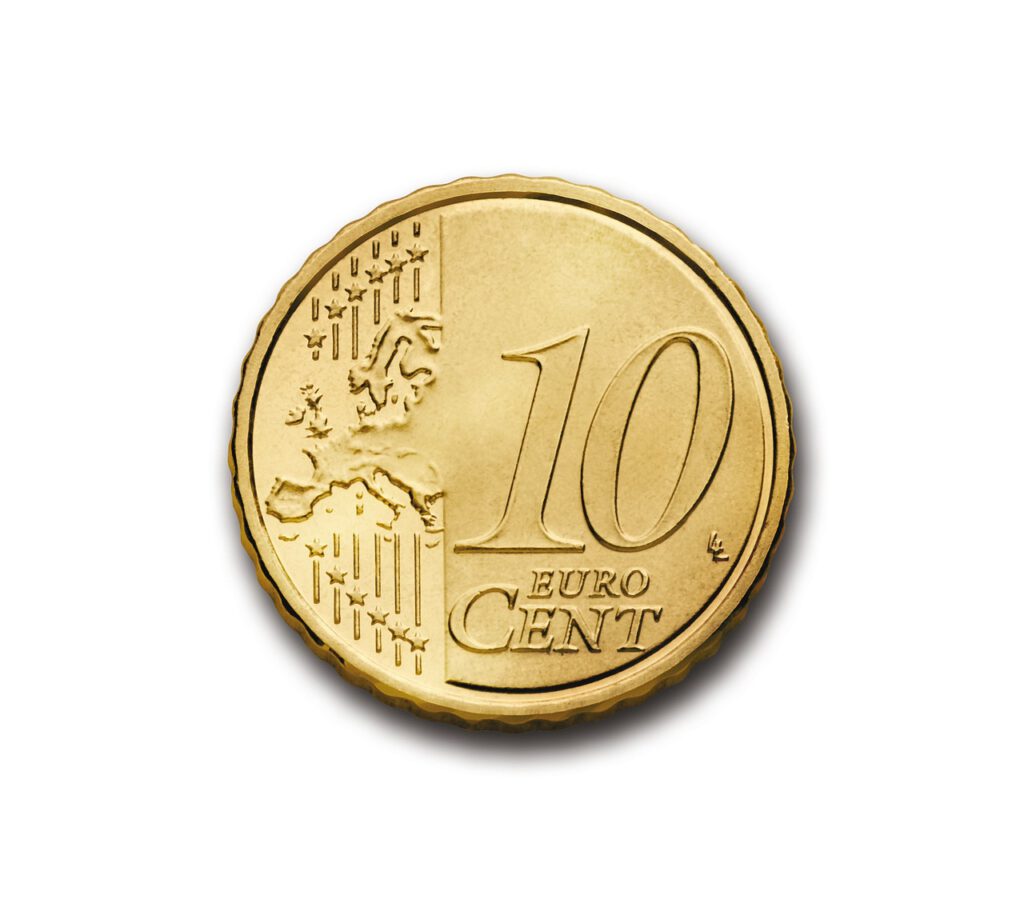Have you ever found yourself hesitating before making a purchase you once wouldn’t have thought twice about? Across the country, millions of Americans are making tough choices about where their money goes. As prices rise and the world keeps changing, people are pulling back on old spending habits and putting their wallets away for things that used to be everyday luxuries. This shift isn’t just about saving a few bucks—it’s reshaping how families live, play, and even dream about the future.
Dining Out Takes a Back Seat

The days of grabbing dinner out several times a week are fading for many American families. As the cost of restaurant meals creeps higher and budgets tighten, people are rediscovering the joys—and savings—of cooking at home. More folks are swapping takeout for home-cooked meals, with even simple pasta nights feeling like a victory for the wallet. The pandemic sparked a renewed interest in meal prep and family dinners, which has stuck around even as restrictions have eased. Now, eating out is often saved for special occasions rather than being a regular habit. Many people also report enjoying healthier food and better portion control when they cook for themselves. Gathering around the table at home is becoming an act of connection, not just a way to save money.
Travel and Leisure: From Faraway to Nearby

Exotic vacations and frequent weekend getaways are less common now, as Americans reconsider what counts as a worthwhile trip. Expensive airfare and hotel rates have put a damper on plans to jet off to far-flung destinations. Instead, families are looking closer to home for adventure, with staycations and local road trips on the rise. National parks, nearby lakes, and camping grounds are enjoying a surge in popularity. Many people say they’ve discovered hidden gems in their own backyards that they’d never noticed before. The shift also stems from lingering concerns about health and safety, making simple, local getaways more appealing. This new approach often means less stress and more meaningful time with loved ones.
Luxury Goods Lose Their Luster

High-end designer bags, expensive watches, and other luxury items are slipping down the priority list for many Americans. The uncertainty of the economy has made people more cautious about splurging on things that aren’t absolutely necessary. Even those who once enjoyed the thrill of luxury shopping are now thinking twice, opting instead for sturdy, practical purchases that offer real value. Many shoppers prefer spending on items that last, rather than chasing after the latest trends. The idea of “investment pieces” is giving way to a focus on durability and usefulness. As a result, luxury brands are facing new challenges in winning customers’ attention and dollars.
Clothing and Fashion: Comfort Over Catwalk

The rush to buy the newest styles every season is slowing down, replaced by a love for comfort and versatility. With more people working from home, there’s simply less need for fancy outfits and more demand for cozy, all-purpose clothes. Wardrobes are shrinking as Americans choose a few favorite pieces they can wear again and again. Many are also becoming more aware of the environmental impact of fast fashion, leading to more thoughtful purchasing decisions. Shopping for clothes now often means looking for quality and comfort rather than keeping up with the latest trends. This change is also about making life simpler, with fewer decisions about what to wear each day.
Entertainment Subscriptions: Cutting the Cord

Streaming services seemed like a small luxury at first, but as more and more options appeared, subscription fees started to stack up. Many Americans are now trimming their entertainment budgets by canceling extra streaming services and sticking with just one or two favorites. People are realizing that they don’t need access to every show or movie out there to be entertained. This new approach not only saves money but also encourages families to spend time together doing other activities—like game nights or outdoor walks. The days of juggling multiple subscriptions are giving way to a simpler, more intentional way of enjoying entertainment. Households are also looking for free or low-cost ways to have fun, from library movies to community events.
Fitness and Gym Memberships: Home Workouts Take Over

Those monthly gym fees are starting to look less appealing as home workouts become more popular. With a few pieces of equipment or even just a yoga mat, people are discovering that they can stay fit without leaving their living rooms. Online fitness classes and free workout videos have made it easier than ever to exercise on your own schedule. Many Americans say they love the flexibility and privacy of working out at home. For busy parents and professionals, skipping the commute to the gym can make all the difference. Some still miss the social aspect of group classes, but for many, the savings and convenience are too good to pass up.
Home Improvement and DIY Projects: Investing in Comfort

While spending is down in some areas, investment in home improvement is on the rise. As people spend more time at home, they’re eager to make their living spaces as comfortable and functional as possible. From painting walls to upgrading kitchens, DIY projects have become a favorite pastime. Many Americans report feeling a sense of pride and accomplishment from tackling home repairs themselves. Even small changes, like new curtains or a fresh coat of paint, can make a big difference. This trend also reflects a desire to create a safe, inviting place for family and friends to gather. Improving the home has become not just a necessity, but a hobby and a source of joy.
New Cars: Delayed Replacements

Buying a new car used to be a major milestone, but now many Americans are holding onto their vehicles longer than ever. The high price of new cars, along with uncertainty about the economy, has led people to postpone big purchases. Repairs and maintenance are seen as smarter choices than taking on new loans or hefty monthly payments. Used car markets are also seeing increased interest, as buyers look for ways to save without sacrificing reliability. For some, the excitement of a brand-new car just doesn’t outweigh the financial pressure it brings. Many are also considering alternative transportation options, such as biking or public transit, when possible.
Tech Gadgets: Upgrading Less Often

The latest smartphone or smartwatch isn’t the must-have it once was for many Americans, who are now content to keep their devices longer before upgrading. The thrill of having the newest gadget is fading in the face of practical concerns about cost and necessity. People are realizing that their current phones, tablets, and laptops can last several years if taken care of. This mindset not only saves money but also helps reduce electronic waste. Upgrading technology has become more about solving a real need—like a broken screen or failing battery—than simply following the crowd. The focus is shifting to functionality instead of flash.
Personal Care and Beauty Services: DIY Over Salon

Trips to the salon for haircuts, manicures, or spa treatments are happening less often as Americans look for ways to cut back on non-essential spending. Many are learning to do their own hair, nails, and skincare at home, sometimes with surprisingly good results. YouTube tutorials and at-home kits make self-care more accessible than ever. This change isn’t just about saving money; it’s also about feeling empowered and independent. For some, pampering at home has become a fun way to relax and unwind without the expense of a salon visit. However, special occasions still call for professional help, showing that priorities have shifted but not disappeared entirely.
Special Events and Celebrations: Scaling Down

Big birthday bashes, lavish weddings, and other grand celebrations are being scaled down or postponed. Instead, Americans are finding joy in simpler, more intimate gatherings with close friends and family. The focus has shifted to meaningful connections rather than expensive parties. Backyard barbecues, potlucks, and small dinners are replacing rented venues and large guest lists. Many people say these smaller events feel more personal and memorable. The pandemic taught us the value of togetherness in any setting, and that lesson is sticking. Americans are proving that you don’t need to spend a fortune to create lasting memories.
Subscriptions and Memberships: Only the Essentials

Monthly subscription boxes, magazine deliveries, and club memberships are under the microscope as Americans review every line of their budgets. Many are canceling or pausing services that no longer bring joy or value. People are focusing on essentials—like groceries or health insurance—while letting go of the extras. The excitement of a new package at the door is now weighed against the need for financial security. This careful approach helps families feel more in control of their spending and less overwhelmed by unnecessary clutter. Prioritizing what truly matters is becoming the new normal.
Childcare and Babysitting: Relying on Family

The rising cost of childcare and babysitting has led many parents to seek help from relatives or adjust their work schedules. Grandparents, aunts, and uncles are stepping in more often to lend a hand. Some families have even coordinated “childcare swaps” with trusted friends or neighbors. These creative solutions help save money while still ensuring that children are safe and cared for. The experience can also strengthen family bonds and create lasting memories for kids. While this isn’t possible for everyone, those who can rely on their community often find it a welcome relief.
Gifts and Non-Essential Shopping: Thoughtfulness Over Price

Americans are rethinking how they give gifts, focusing more on thoughtfulness than on price tags. Homemade presents, shared experiences, or simple acts of kindness are replacing expensive store-bought items. People are finding creative ways to show they care without breaking the bank. For birthdays, holidays, and other occasions, a heartfelt card or a handmade treat can mean just as much—if not more—than an expensive gadget or accessory. This shift is helping families stick to their budgets while keeping traditions alive. The value of a gift now lies in the love and intention behind it.



